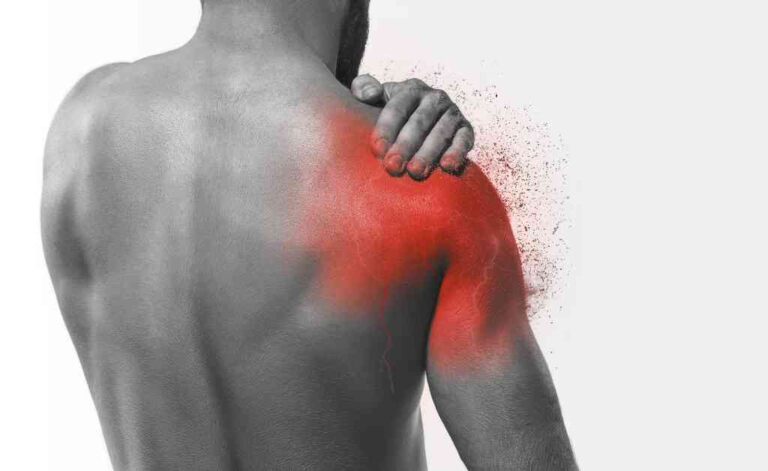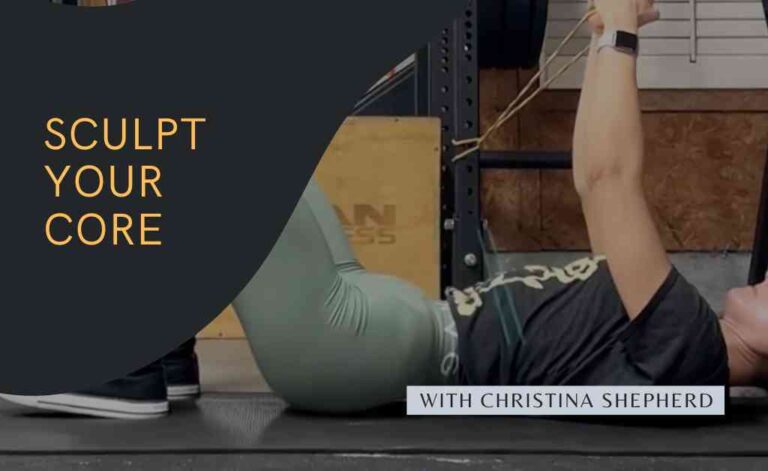For those who have foot overpronation or flat feet as generally termed, performing the regular calves wall stretch might cause more harm than good.
Hyper pronation of the foot has been associated with lower leg dysfunctions leading to common injuries. These injuries include plantar fasciitis, Achilles tendonitis, and sports-related ankle sprains (1). In fact, due to our foot and ankle complex being the foundation of our body, any dysfunction in this region leads to potential pains and injuries in other areas of our body – knee, hips, shoulders, neck, and head.
One of the components in a corrective program to address this impairment is stretching of the overactive calf muscles. But, which calf muscles are overactive (tight) and which are underactive (weak)? We definitely do not want to stretch the long and weakened muscles which will reinforce the existing muscle imbalances that contribute to this position.
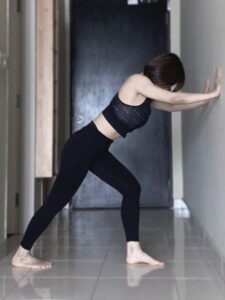
Therefore, an individual with an overpronated foot type typically represents a short and overactive lateral gastrocnemius muscle (an evertor of the foot), and a weakened and elongated posterior tibialis (the invertor). The gastrocnemius inserts into the outside of the heel! Refer to the pic below.
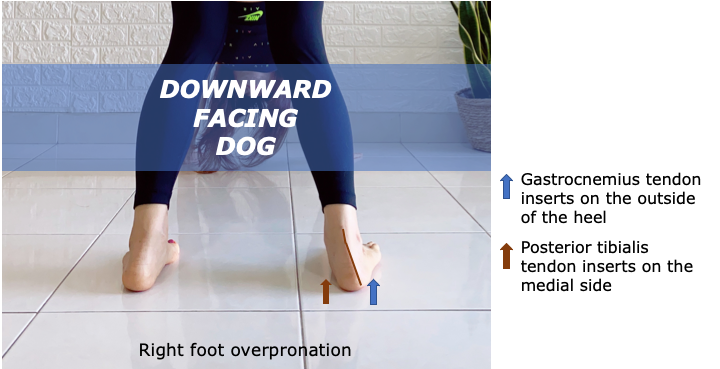
What happens when you do the wall stretch?
When you perform closed-chain movements such as the wall stretch, stepping on a slant board, or downward-facing dog with an everted rearfoot position, you are putting your gastrocnemius in a more shortened position, and are actually stretching the long and underactive posterior tibialis muscle instead! And that is counter-productive.
(Source: https://barefootstrongblog.com/2014/07/17/rearfoot-position-and-closed-chain-calf-stretching/)
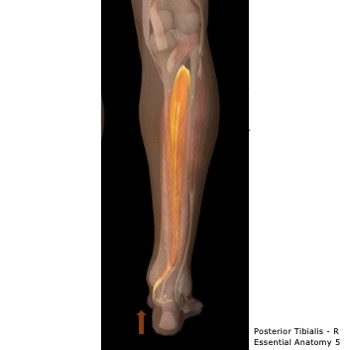
“In an over-pronated foot type with increased calcaneal eversion and decreased medial arch you want to be careful with the impact ankle stretching may have on the weakened posterior tibialis tendon,” Dr. Emily Splichal, EBFA Global.
Unless you’re wearing orthotics or are very strictly cued by a professional to realign the foot-ankle complex into a neutral position as you perform the closed chain stretches, doing an open-chain stretch would be more effective instead!
Calves stretching instructions
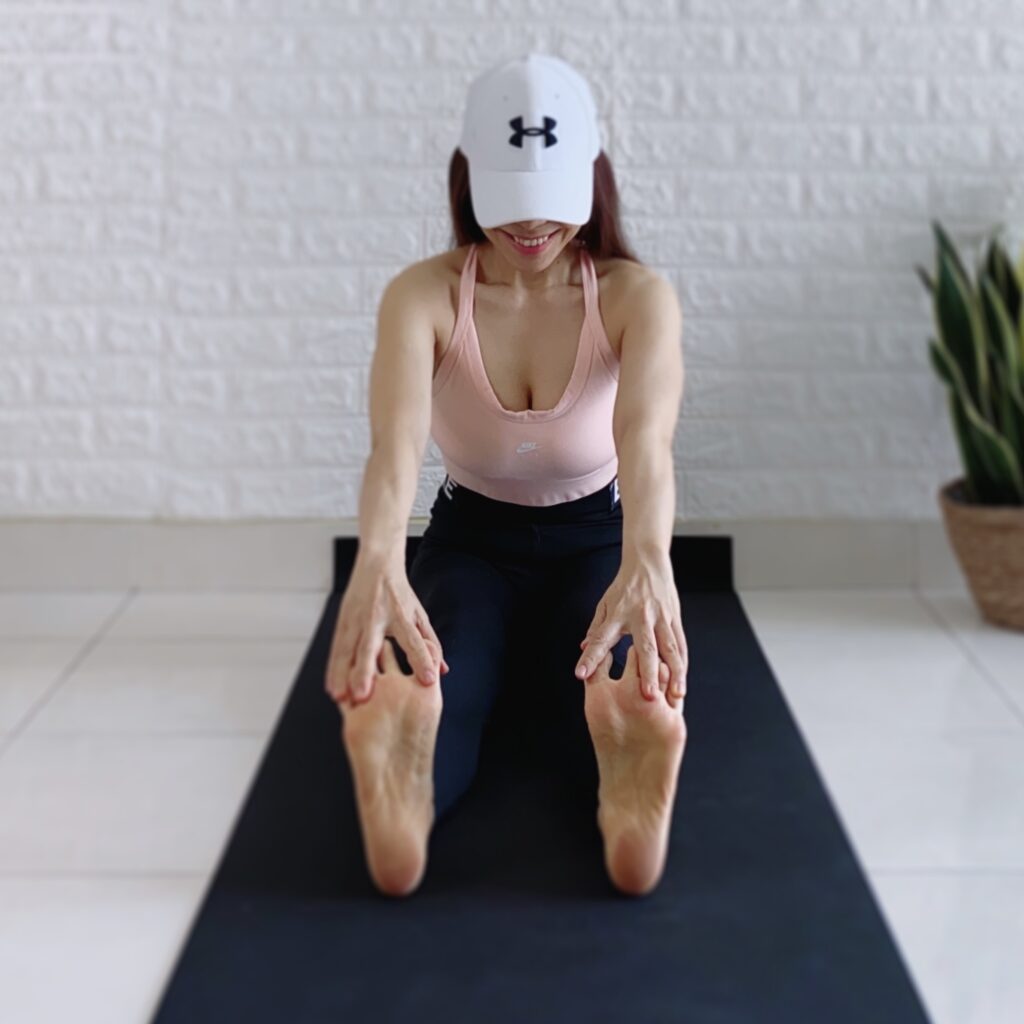
- Extend both legs in front of you. Point your toes toward your knees.
- Keep your feet in neutral position (2nd and 3rd toes pointing towards your knee)
- With your knees straight, reach your hands towards the toes. If you could not reach your toes, use a resistance band. Then pull the ball of your foot towards the knee.
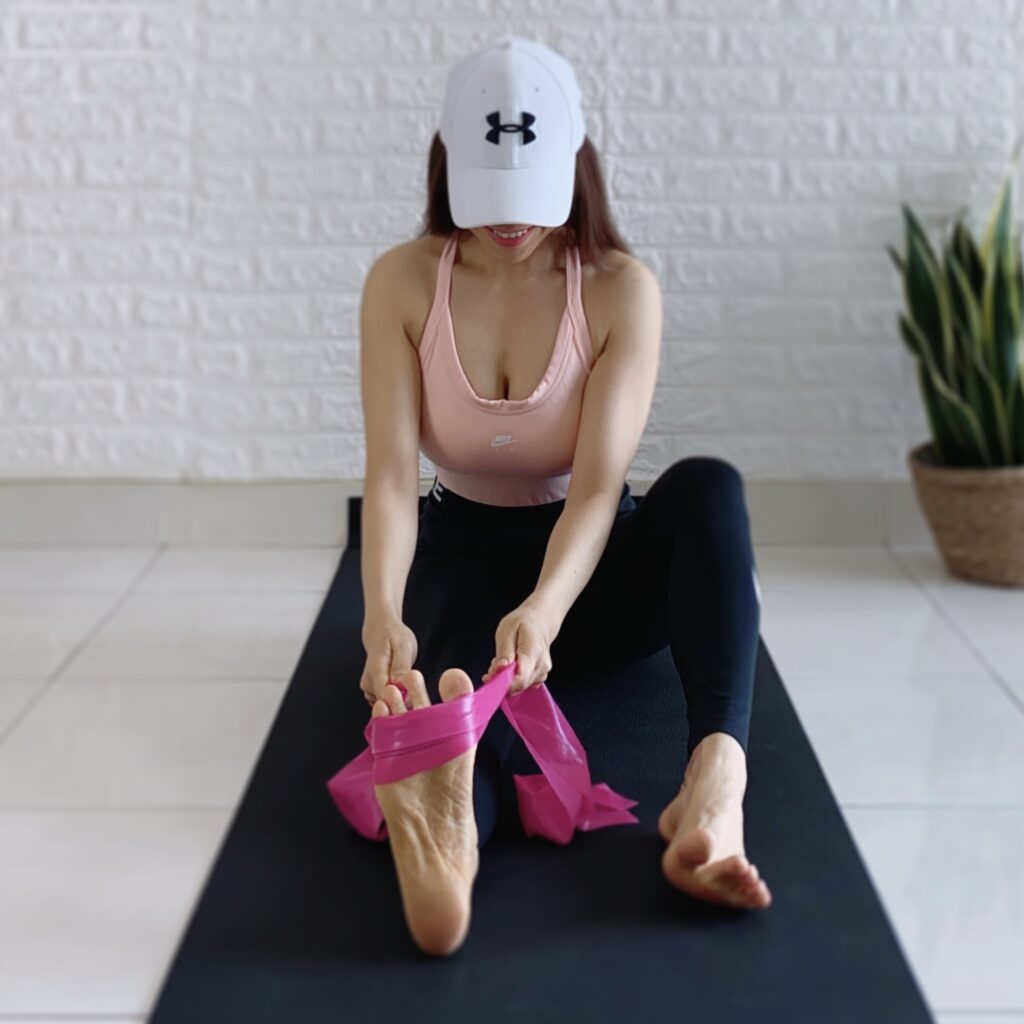
For a deeper stretch, perform one leg at a time.
Hold for 20 – 30 sec. Repeat 2 – 3 sets.
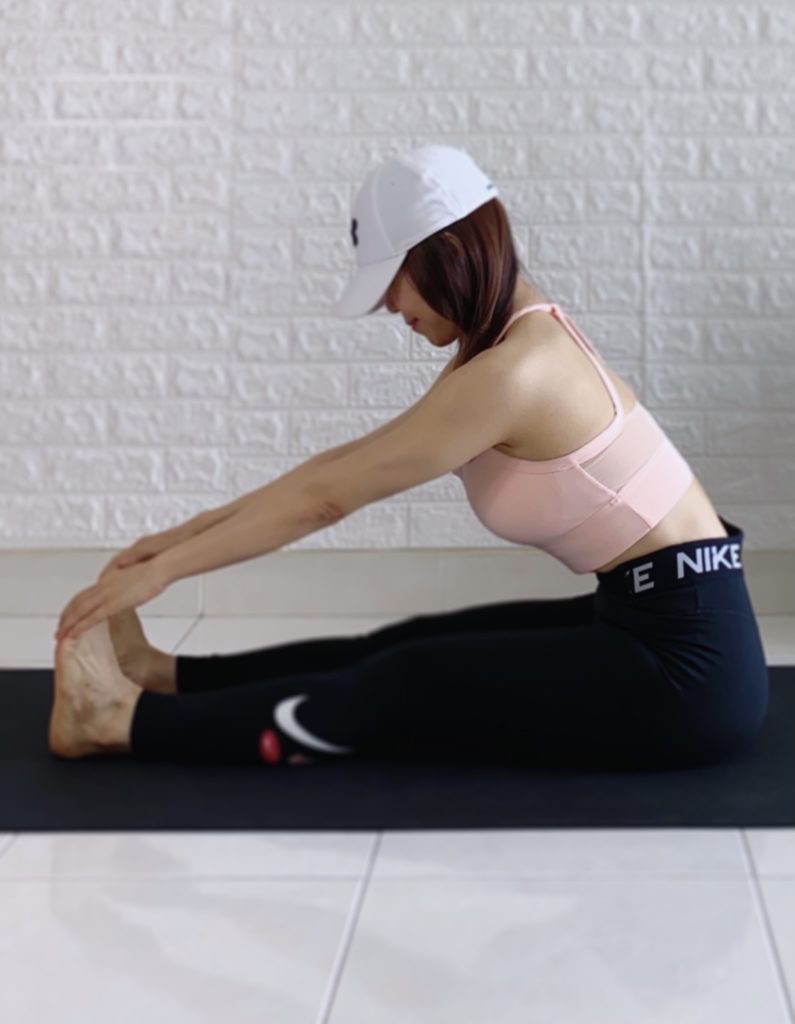
Remember to maintain good postural alignment. Keep your chin gently tucked so that you are not hyperextending your neck. Do not let your upper back hunch.
Enjoy the stretch!
Do note that stretching alone will not effectively correct any dysfunctions or muscle imbalances you have, although it will provide some relief. Because of that, an effective corrective exercise program goes beyond stretching. It includes myofascial release, isolated strengthening, and integrated dynamic movements, including sports-specific requirements.
Drop me a message if you have any questions!
- NASM Essentials of Corrective Exercise Training: 255; Moen MH, Tol JL, Weir A, Steunebrink M, De Winter TC. Medial tibial stress syndrome: a critical review. Sports Med 2009;39:523–46


